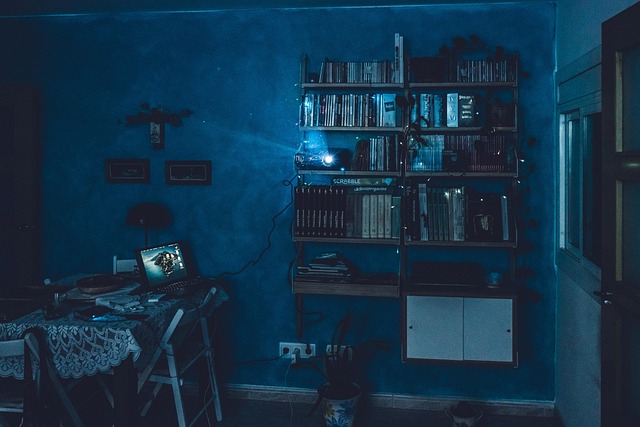
Plumbing Systems
Understanding Plumbing Systems
Have you ever thought about the intricate dance of water that happens in your home? Plumbing systems are like the unsung heroes of our daily lives, working tirelessly behind the scenes to ensure we have clean water when we need it and that wastewater is whisked away without a second thought. Let’s dive into the fascinating world of plumbing systems and discover how they function! 💧
What Are Plumbing Systems?
At its core, a plumbing system is composed of two distinct subsystems: one that brings fresh water into your home and another that takes wastewater out. Imagine having a reliable friend who always shows up with a refreshing drink when you’re thirsty and knows just when to take away your empty glass. That’s what your plumbing does for you!
How Does It Work?
Water enters your home under pressure, which is essential for it to travel to various fixtures, whether it’s your kitchen sink or the shower on the second floor. This pressure allows water to flow smoothly, making our daily routines so much easier. The plumbing system operates based on the basic laws of nature—gravity, pressure, and water seeking its own level.
The Two Subsystems
- Freshwater Supply: This subsystem is responsible for bringing clean, potable water into your home. It travels through pipes, often under pressure, to reach every faucet, shower, and appliance that requires water.
- Wastewater Drainage: Once we’re done using water, it’s the drainage subsystem’s job to carry away the used water and waste. This is where gravity comes into play, helping to move wastewater out of your home and into the sewage system or septic tank.
Key Components of Plumbing Systems
Understanding the essential components of plumbing can help demystify how everything works together. Here are a few key elements:
- Pipes: These are the veins of your plumbing system, transporting water to and from various fixtures. They come in different materials, including PVC, copper, and PEX.
- Fixtures: Think sinks, toilets, and showers! Each fixture has its own supply shutoff valve, allowing for easy repairs without shutting off the entire system.
- Traps: These are designed to hold a small amount of water, preventing sewer gases from backing up into your home. They are essential for maintaining a healthy living environment.
Maintenance Tips for a Healthy Plumbing System
Just like any other part of your home, your plumbing system needs a little love and care. Here are some easy maintenance tips:
- Check for leaks regularly. A small drip can lead to bigger problems!
- Keep drains clear of debris to prevent clogs.
- Know where your main shutoff valve is located—this can save you a lot of headaches in case of an emergency.
Conclusion
In conclusion, plumbing systems are a vital part of our daily lives, quietly ensuring that we have access to clean water and a way to dispose of waste. By understanding how these systems work, we can appreciate the complexity and importance of plumbing in our homes. So the next time you turn on the tap or flush the toilet, take a moment to thank your plumbing system for all its hard work! 🛁


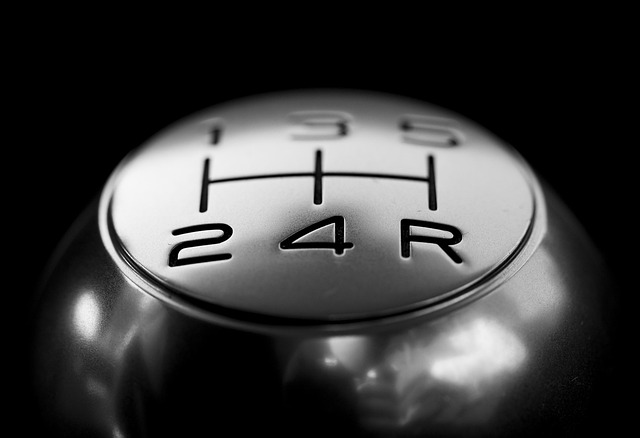



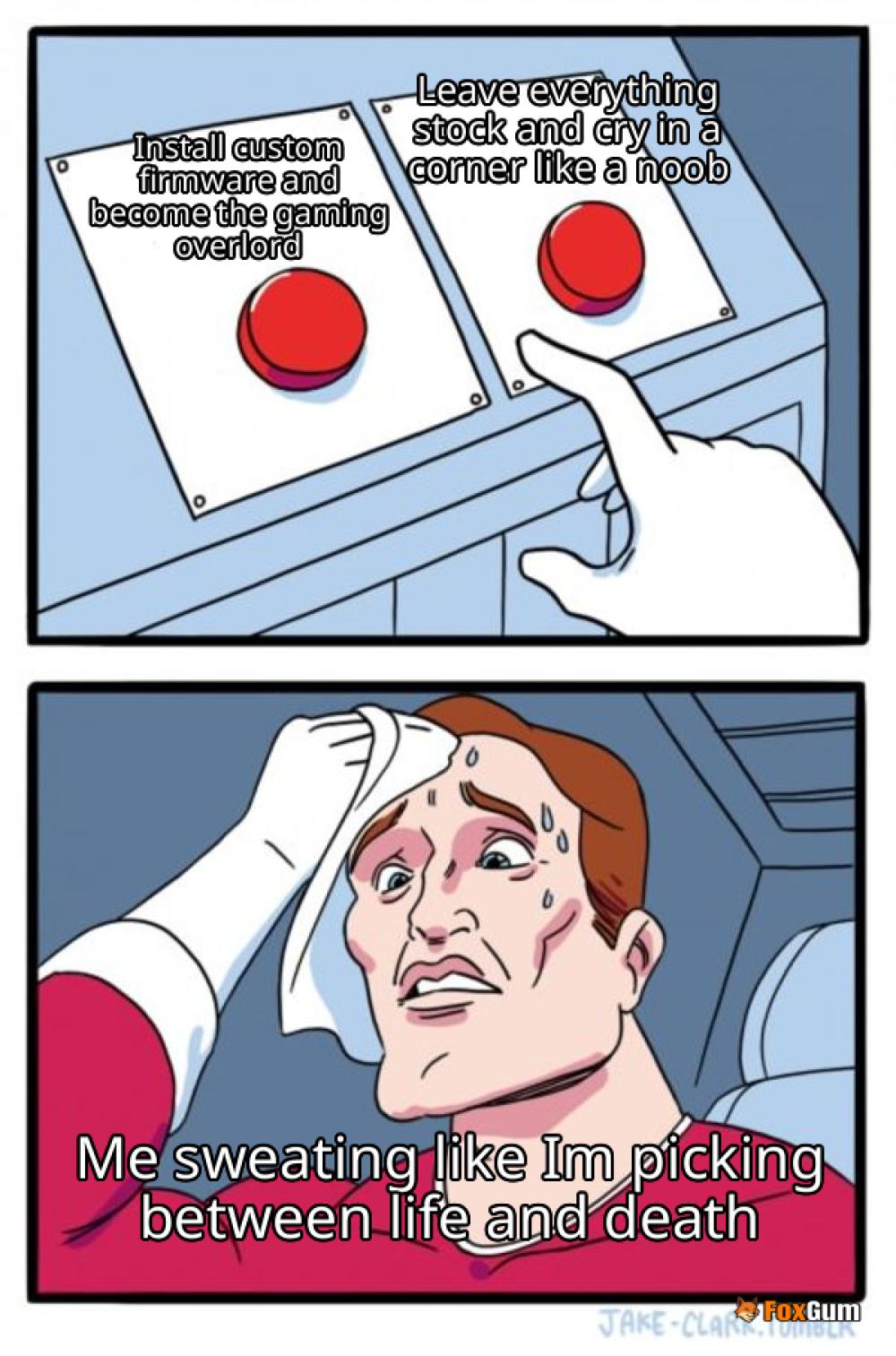
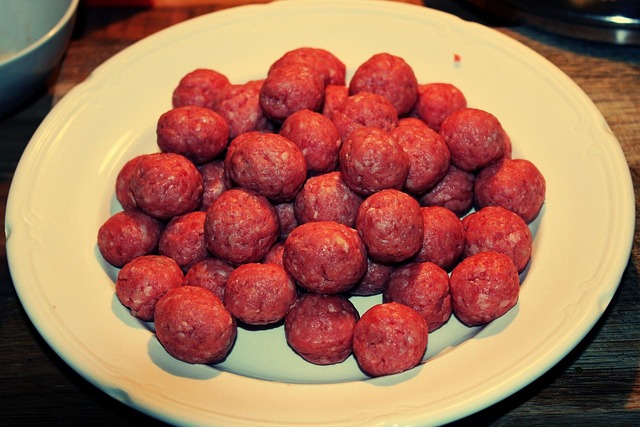
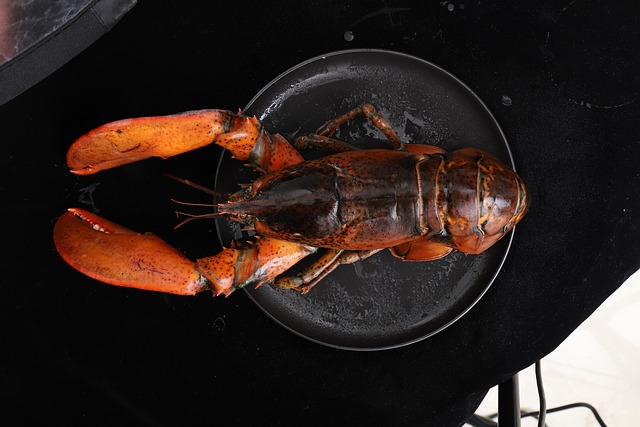








 Home Projects That Increase Value
Home Projects That Increase Value 
 Health
Health  Fitness
Fitness  Lifestyle
Lifestyle  Tech
Tech  Travel
Travel  Food
Food  Education
Education  Parenting
Parenting  Career & Work
Career & Work  Hobbies
Hobbies  Wellness
Wellness  Beauty
Beauty  Cars
Cars  Art
Art  Science
Science  Culture
Culture  Books
Books  Music
Music  Movies
Movies  Gaming
Gaming  Sports
Sports  Nature
Nature  Home & Garden
Home & Garden  Business & Finance
Business & Finance  Relationships
Relationships  Pets
Pets  Shopping
Shopping  Mindset & Inspiration
Mindset & Inspiration  Environment
Environment  Gadgets
Gadgets  Politics
Politics 